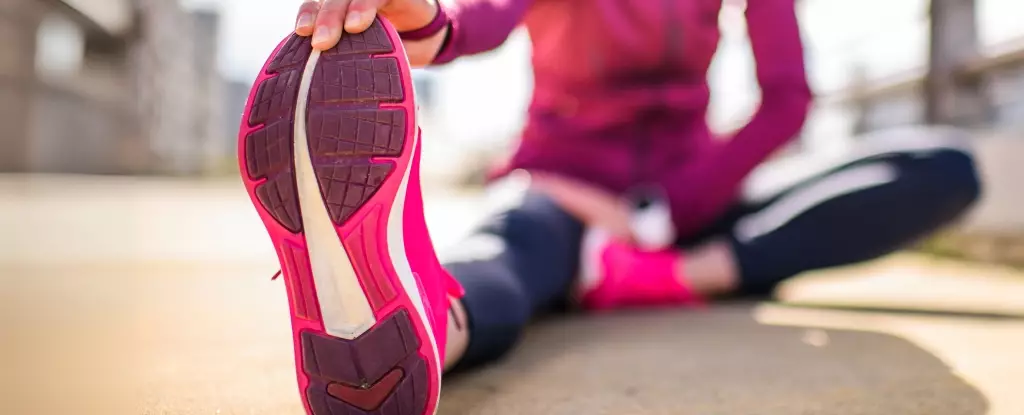Flexibility is a fundamental aspect of physical fitness that can often be overlooked. It refers to the ability of a joint or series of joints to move through their full range of motion. This capability is crucial not only for athletes but also for individuals performing everyday tasks. Picture yourself reaching for something on a high shelf or bending to tie your shoes; flexibility plays a significant role in these movements. Moreover, maintaining a good range of motion in your joints can significantly decrease your risk of injury, especially as you age.
Incorporating flexibility exercises into your routine can enhance your overall functional independence, helping you engage in various activities with ease and reducing the likelihood of injury during sudden or awkward movements.
Among the various forms of stretching, static stretching stands out as the most widely practiced. It involves elongating a muscle to its limit and holding that position for a prescribed period, typically ranging from 15 to 60 seconds. A classic example of static stretching is placing one foot on an elevated surface while keeping the other leg straight, allowing for a deep stretch in the hamstring muscle.
Despite its widespread popularity, there has been some ambiguity regarding the ideal duration and frequency of static stretching necessary for improving flexibility. Recent research sheds light on these uncertainties, providing clearer guidelines and emphasizing that the recommendations are likely less intimidating than initially perceived.
A comprehensive study involving hundreds of previous investigations has led to some intriguing findings regarding effective stretching routines. Analyzing 189 studies that included over 6,500 participants revealed that to achieve an immediate improvement in flexibility, holding a stretch for about four minutes in total during a session is most beneficial. Interestingly, stretching for longer than this does not appear to increase flexibility gains.
For those looking for permanent improvements, longer stretching durations are necessary, with approximately ten minutes per week being ideal for significant enhancements. Importantly, this time can be distributed throughout the week, meaning it can be achieved by incorporating just a minute of stretching into daily routines.
The Intensity of Stretching
When discussing stretching, many individuals may assume that the intensity at which they stretch will dictate their success. However, the research indicates that both comfortable and uncomfortable stretching techniques can yield similar results in improving flexibility. This allows practitioners to choose their approach based on personal preference and comfort levels, eliminating the notion that “no pain, no gain” is necessary for flexibility training.
Therefore, whether you prefer to push through discomfort or opt for a gentler approach, both methods can effectively enhance flexibility when performed consistently.
One of the most appealing aspects of flexibility training is its accessibility; it doesn’t require expensive equipment or gym memberships. Stretching can easily be integrated into various settings, whether you are at home lounging while watching television, taking a break at work, or even post-exercise after a walk or run.
Engaging in regular stretching can create a peaceful routine that contributes to your physical and mental well-being, making it an excellent practice to start and end your day with mindfulness.
Practical Approach to Stretching
Embarking on a flexibility journey requires a tailored approach. Since everyone has unique areas of tightness, it is vital to identify which muscles require stretching. Common stretches include the hamstring stretch (placing a foot on a bench while leaning forward), the quadriceps stretch (grabbing your ankle and pulling it towards your buttocks), and the triceps stretch (extending one arm overhead and bending the elbow).
However, enlisting the help of a qualified professional is advisable for optimal results. A physiotherapist or an exercise physiologist can perform an assessment and craft a specific stretching routine aligned to your individual needs and goals.
The journey to increased flexibility is more attainable than it may seem. By adhering to simple principles—stretching regularly, finding the intensity that feels right for you, and staying consistent—you can unlock a wealth of physical potential. Flexibility not only empowers you to engage more fully in sports and fitness but also enriches your overall quality of life. So, take that first step towards becoming more flexible—you and your body will thank you!


Leave a Reply